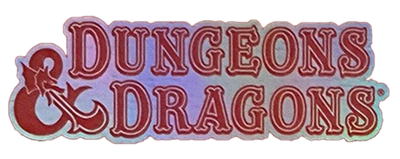| Teh Storm (talk) | |
|---|---|
| Date Created: | 5/11/2010 |
| Status: | Complete |
| Editing: | Please feel free to edit constructively! |
Failtacular: How to Turn "I Rolled a One" Into "Oh Gods No!"
I like the potential for the incredible. But as the rules are written, rolling a natural one on a die is an automatic failure. How vanilla.
While various sources have already made effects having lasting repercussions for natural ones on skill checks, combat is left alone. But combat is where the spectacular happens. If you think that rolling a natural one is not exciting enough, here is my formula that I use for failtacular results.
Have your victim roll three ten-sided die (3d10), reading off each number.
Consult the chart below:
| d10 | Weapon Loss | Weapon Damage | Ally Casualty |
|---|---|---|---|
| 1 - 6 | None | None | None |
| 7 - 9 | Weapon dropped | broken | Clip (half damage) |
| 10 | Weapon Flung | Destroyed | Strike (full damage) |
- Weapon Dropped- the weapon used falls in the users square.
- Weapon Flung- the weapon was flung 1d4 feet in a random direction. It takes a Search check to find it as per a lost arrow.
- Broken- the weapon snapped and is currently unusable.
- Destroyed- the weapon is irreparably damaged.
Natural attacks are different. Ignore weapon loss entirely. Weapon damage becomes hit point to the attacker, with a broken result becoming a multiple fracture that disables the limb, and the destroyed result becoming a permanent mutilation that requires a greater restoration spell to cure. Attack roll spells can also use this variant. The same rules apply to spellcasters as the natural attack fumbles. However, two important differences. First, a result of Broken on weapon damage results in hit point damage equal to the spell level. Second, Destroyed results in double damage similar in application to the Broken result.
As a final note, I do not recommend using this variant without also using Superior Critical to balance the overall effects on the game.
Back to Main Page → 3.5e Homebrew → Variant Rules
